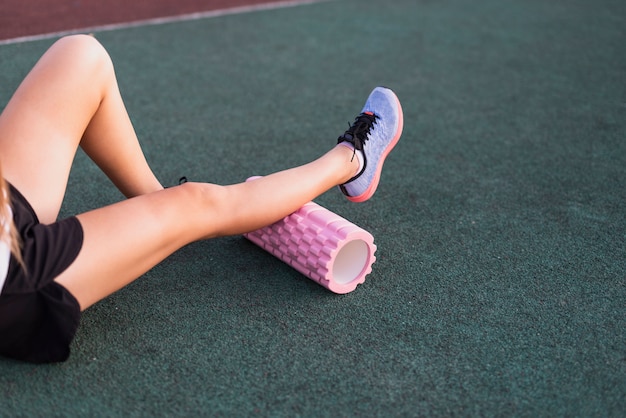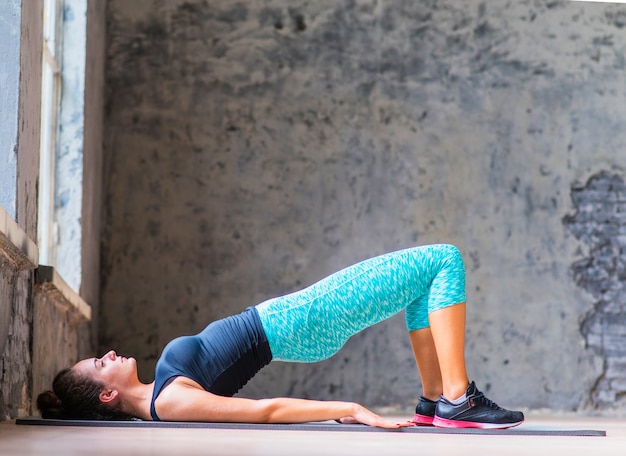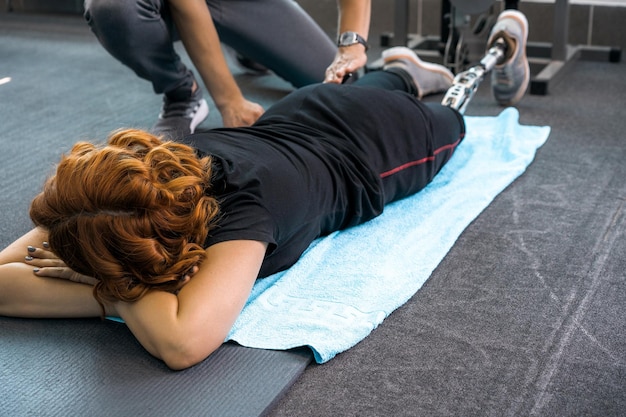If you're focused on building muscle, you're likely spending hours in the gym lifting, pushing, and pulling. But what are you doing to help your muscles recover and stay flexible? Enter foam rolling—a simple, evidence-backed recovery tool that can enhance muscle growth, reduce soreness, and improve mobility when done consistently.
The best part? You only need 20 minutes a day. This guide breaks down how to integrate foam rolling into your routine with short, effective sessions designed specifically for muscle gainers who want to stay flexible, mobile, and injury-free.
When you lift weights, your muscles experience micro-tears—a natural part of muscle growth. But repeated training without proper recovery can lead to tightness, reduced range of motion, and delayed-onset muscle soreness (DOMS). Foam rolling helps by applying self-myofascial release (SMR), which targets the connective tissue surrounding muscles.
Research shows that foam rolling after intense workouts can significantly reduce muscle soreness and improve recovery. One study published in the Journal of Athletic Training found that participants who used a foam roller after strenuous exercise reported less soreness and maintained better performance in subsequent workouts.
For muscle gainers, this means faster recovery, improved training frequency, and better movement quality—key ingredients for long-term growth.

Consistency is more important than duration. A daily 20-minute routine is sustainable and effective. Here’s how to structure it:
Foam rolling can be done pre- or post-workout, but for muscle gainers, post-workout is ideal. Use it as a cooldown to release tension and signal your body to shift into recovery mode. Alternatively, use it on rest days to maintain mobility and reduce stiffness.
A standard high-density foam roller (36 inches long) works for most people. If you're just starting, choose a smooth roller. As you progress, consider a textured roller (grid or knobby) for deeper tissue work. Avoid overly aggressive tools until your body adapts.
Focus on major muscle groups used in strength training. Spend 2–3 minutes per area, rolling slowly and pausing on tender spots for 20–30 seconds.

To make foam rolling stick, treat it like any other essential part of your fitness routine. Schedule it like a workout. Keep your roller visible—next to your bed, gym bag, or living room—to reduce friction in starting.
Start with just 10 minutes if 20 feels overwhelming. Gradually build up. Track your progress by noting improvements in soreness, flexibility, or workout performance.
Foam rolling isn’t a magic fix, but it’s a powerful tool for muscle recovery and flexibility—especially when done consistently. For muscle gainers, it supports long-term progress by keeping the body supple, reducing injury risk, and enhancing recovery.
Commit to just 20 minutes a day, follow a simple routine, and use evidence-based techniques. Over time, you’ll notice less stiffness, better range of motion, and improved readiness for your next lift. Your muscles will thank you.

Fitness

Fitness

Fitness

Fitness

Wellness

Wellness

Fitness

Fitness

Fitness

Fitness

Fitness

Fitness

Health

Fitness

Health

Health